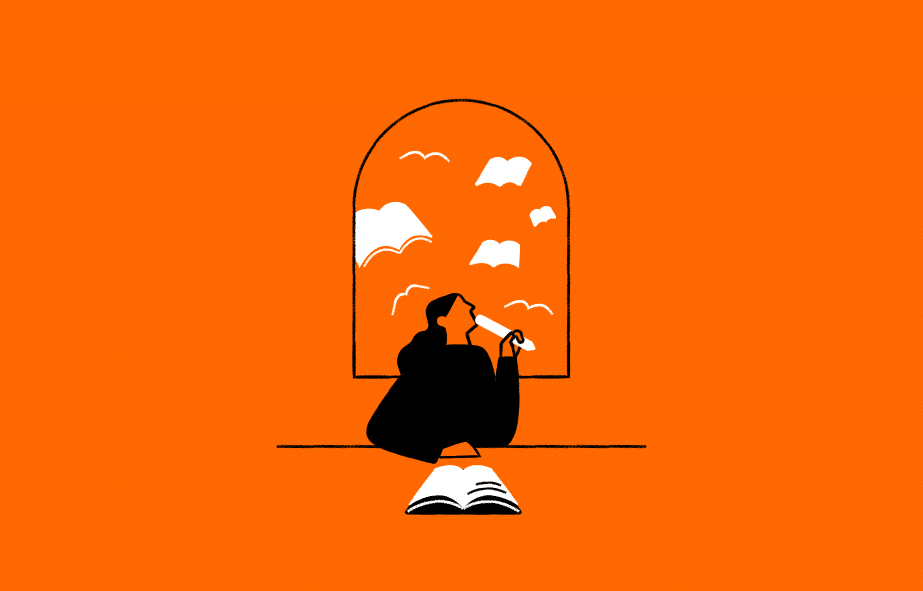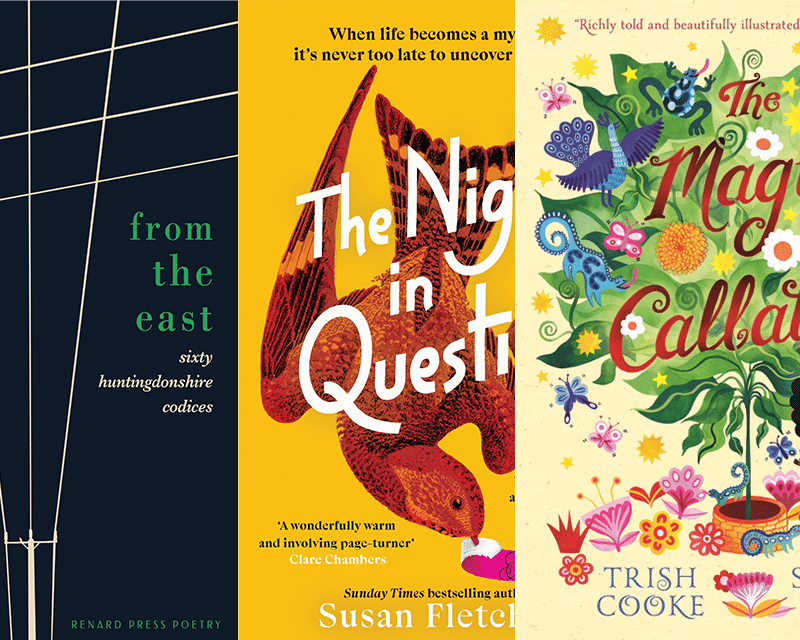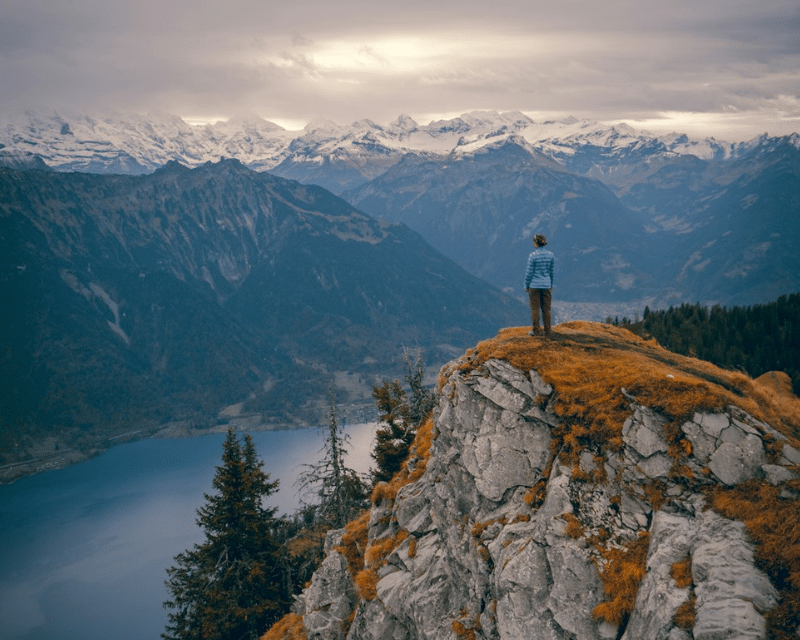- Collected
- Article
These Tangled Webs
Artistic collaboration may be a dream, but it can also be a nightmare

- 29 June, 2015
- Diane Samuels
Last week I spent the morning working with a composer on a contemporary oratorio, ‘Song of Dina’ that meshes music, spoken word and song. A week before, I spent a day setting up interviews for a music theatre show with a verbatim element that I’m working on with another composer. After completing a full-length musical with each composer, we agreed that we were just beginning to evolve a shared process and wanted to take it further. So now we are experimenting with subtler, deeper ways in which two authors can become one, and how this ‘merging’ can fuse word, music and song to develop more integrated and multi-dimensional work.
In collaboration, something happens that expands the scope of each partner beyond what they might do alone, even as each artist fully realises their own distinctive voice. Just as important, for me, is the business of ‘playing’ together.
Playing, indeed, is the root of my life as a dramatist. I have never wanted to stop the playing. As a kid I spent a lot of time on my own, acting out endless encounters and adventures with my dolls; I loved to dress up to become the characters, and was happy as happy talking to myself in different voices, dancing around, bandaging my pet dog or toy panda while playing doctor, nurse and narrator, or rearranging the furniture to become a ship and then sailing it through rough seas.
At some point, this gallivanting became shared — with a friend or two, or with my younger brother. I wish I could remember precisely when the individual play turned into a group activity. If I could, then I might be more precise in probing the essential contrast between the two, the draw of each. But I suppose it is telling that I can’t remember. For me, there is something seamless and natural about the flow in and out of solo creative authorship and co-authorship. This fluid shifting has been both boon and nightmare, but no matter how burnt I’ve been, I’m richer for it as a person and I suspect the work benefits too.
Obviously, for any writer of drama, be it theatre, radio, film or TV, collaboration is an intrinsic part of the production process. While a novel, poem or story is a fully realised work, a dramatist’s script serves as an architect’s plan, requiring a whole team of builders, technicians and craftspeople to realise. This puts the author on the edge, hovering between that private place of complete autonomy, with no requirement to compromise with anyone (save your own carping inner voices and personal demons) and the external world of communal enterprise. You need to be a loner to write the work and a sharer to build it. It’s like being an only child and then one with siblings, or even feeling like both at the same time.
Relationships with directors, actors, designers, script editors, dramaturgs or producers all need to be cultivated and negotiated. Sometimes you get to choose who will interpret your work for an audience, sometimes not. There’s never a guarantee how these relationships will work out or whether they even need to be harmonious for the work itself to thrive; sometimes the grit of tension can sharpen the honing process.
That said, crossed wires, contrasting agendas, deep differences in values and sensibilities can destabilise a work. I once worked with a director whose sensibilities and my own connected strongly when we first met. His notes on my script were insightful and useful. But a week into rehearsal it became clear that his ability to manage a company and his state of mind were out of kilter. Being honest, I’d say that for most of my twenty-odd-year career as a professional dramatist I’ve felt that most often my work has been somehow misrepresented in production by someone else’s interpretation, design or direction. However, it’s a humbling, moving and hugely rewarding experience when the skills and insights of others take a work beyond what I envisaged it to be.
One memorable production of my play Kindertransport repeatedly reduced me to tears, and was also much scarier than I’d ever expected. The deep commitment of the actors, director and entire team to plumbing their own emotional depths was touching and illuminating. This coming together in the company enabled a powerful shared experience in performance for the audience too. Magic!
There’s another level of collaboration that not all dramatists undertake: co-authorship. This involves opening up that private space and finding a shared method, language and intention, complementing and firing off each other.
In creative writing workshops, I often facilitate writers to draw from one another. Participants pass on fragments from their free-flow writing to others in the group and receive different fragments in return. These are then collaged together to create a solo-written piece. The experience of both writing and then reading these out to the group is one of discovering a combination of personal integrity and communal integration. While the writers recognise their own words within each other’s work, the pieces always sound whole and distinctive as one person’s voice. An alchemy occurs — a patchwork creation of something entirely itself through the voice of one holding many.
My first experience of co-authoring was as a teenager in youth theatre, devising plays as an ensemble. These pieces were rarely written down as scripts; rather, prompts noted on odd pieces of paper served to record each scene. The piece existed from the outset in the collective consciousness of all the participants and was equally owned. Ego revealed itself in clashes, if one person got a bigger part than anyone else, but the authorship tended to be less of an issue.
As a professional writer in my twenties, I worked as a sole author and would workshop with actors and directors within a framework that positioned the writing itself as what counted when it came to credits, fees or royalties. Any contribution made by others would be left entirely in the hands of the author.
Then some years ago an actress invited me to rework a classic text with her. She was enthusiastic about the idea for adaptation that I suggested and so we set to work. My understanding was that I was writing the play, with creative contribution from her to create a central role for her to play. Her understanding, I gathered later, was that this was her play and I was to serve as a kind of ghost-writer.
When she demanded early on that we ‘co-write’ the play, I tried to accommodate her and agreed a co-credit and share of fees and royalties. We met once or twice a week for a few hours, discussing each scene, and then I went away to write on my own for days, drawing from our notes. Was this co-writing? The process combusted in the most dramatic way when the director did not cast her in the role written for her and she brought in a lawyer to challenge the royalty share we’d verbally agreed.
All the co-authorship nightmare scenarios burst into life. For years I kicked myself for not ending the process at the beginning when her forcible demands unnerved me. But after a while I began to see that this was learning by fire. I’d been attracted to working with this woman as an actress who brought her own expertise to the play-making process. But in going along with her insistence on calling this ‘co-writing’ I wasn’t being true to my own perception of what our roles and contributions were. In effective collaborations, you have to be scrupulously true to yourself too. Since then, I have been clearer in communicating my intent; sorting out terms at the outset with each party; clearly stating what they feel they deserve; and listening to the other respectfully. My aim is to find a mutually agreeable meeting point that satisfies all involved.
One of the composers I’m currently working with is herself a wordsmith and songwriter. When we started we delineated our territory firmly — she lyrics, me script. But those boundaries have slipped and we’ve begun co-writing. The key here is not being afraid to have those tense discussions about feeling an imbalance. We’ve mended some old wounds and learned to trust. We have also come to the conclusion that we are equal partners; that we’re still working it out; that what we come up with is continuing to unfold and surprise us both.
I once asked a friend who was single and looking to find a mate what she wanted in a partner. Her reply sums up creative collaborations too: for you to be you and me to be me and for us to share.
You might also like:
No facts, only versions
Memoirs are as much about what is excluded as what is included. This edition examines how you can evoke the…
RLF Fellows’ News: April 2024
Publishing News RLF Fellow Trish Cooke’s new children’s book, The Magic Callaloo, is set to be published by Walker Books…
Susan Fletcher on outsiders in fiction – literal and imagined
I’ve always known that I’ve preferred to be outside. To be an outsider – literally, and, specifically, amongst wild places…


